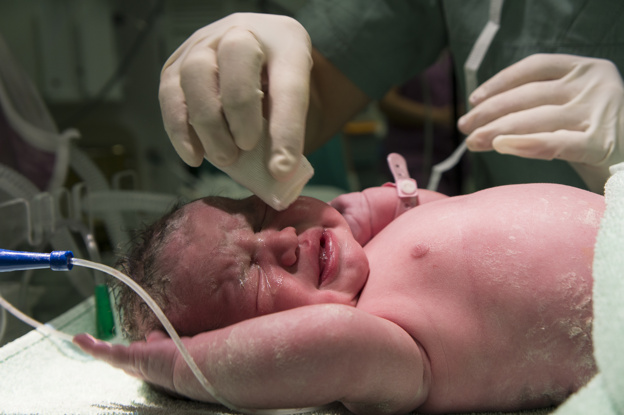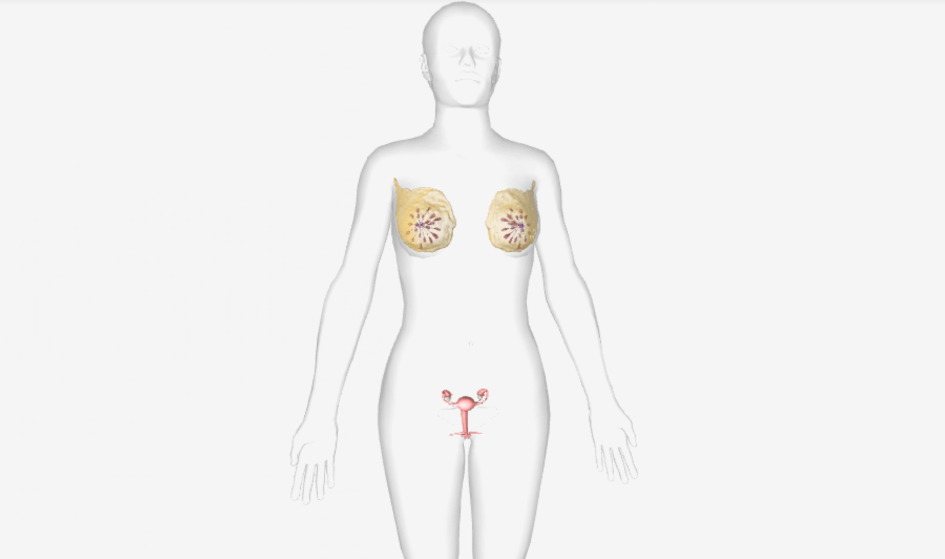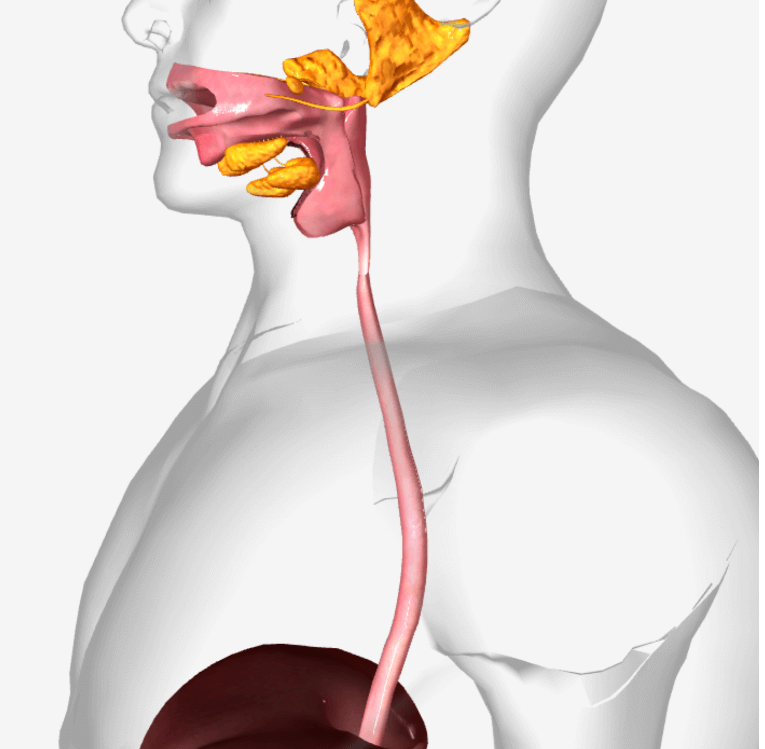Difference between HYPERTROPHY and HYPERPLASIA
| HYPERTROPHY | HYPERPLASIA | |
| 1. | Definition- Is an increase in the size of a parenchymal cell resulting in enlargement of the organ or tissue without any change in the number of cells ( increased size) | Definition- This is an increase in the number of parenchymal cells resulting in enlargement of organ and tissue. (increased volume/mass) |
| 2. | Causes- Either by increased functional demand or by hormonal stimulation. (physiological or pathological). Physiological– hypertrophy of muscle fiber due to increased workload, growth of uterus during pregnancy.Pathological– Nephrectomy on one side. | Causes- Increased recruitment of cell from G0 (G Zero) phase of the cell cycle to undergo mitosis. (physiological & pathological). Physiological – hormonal hyperplasia, compensatory hyperplasia. Pathological – Estrogen excess. |
| 3. | Mechanism- Result of increased production of cellular protein. | Mechanism- Result of growth factor-driven proliferation of the mature cell. |
| 4. | Cells affected- This occurs in non-dividing cells. Permanent cell (such as cardiac muscle, skeletal muscle) | Cells affected-Occurs in dividing cells. Labile or stable cells. |
Difference between Metaplasia and Dysplasia
Difference between Dystrophic-Calcification and Metastatic Calcification
Difference between Dry Gangrene and Wet Gangrene



